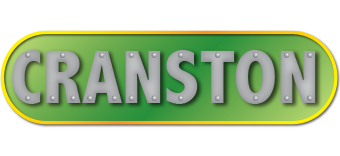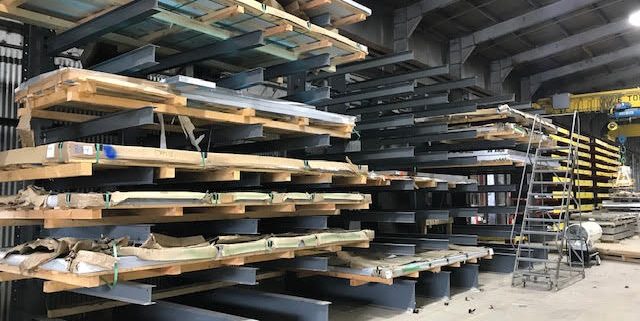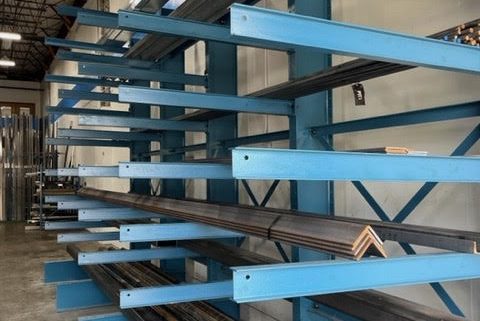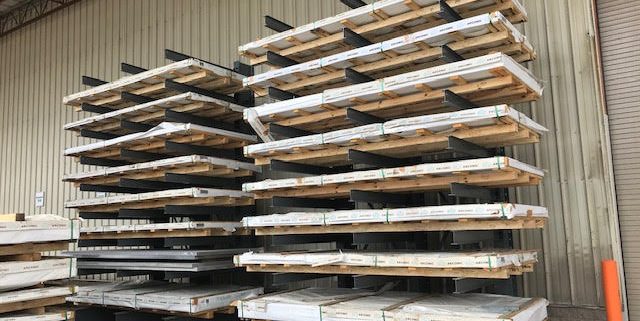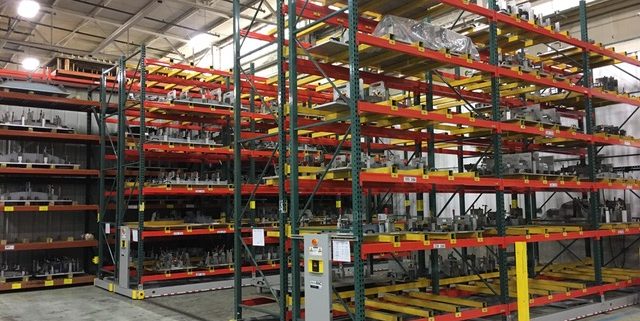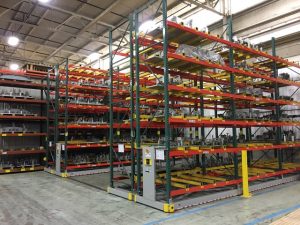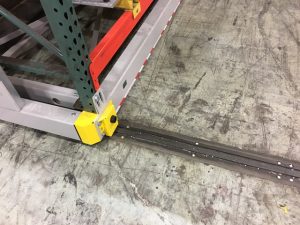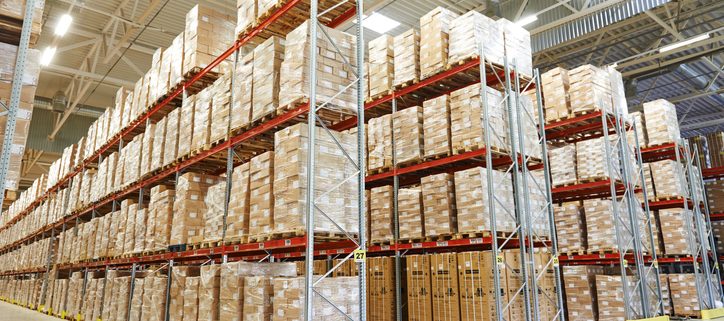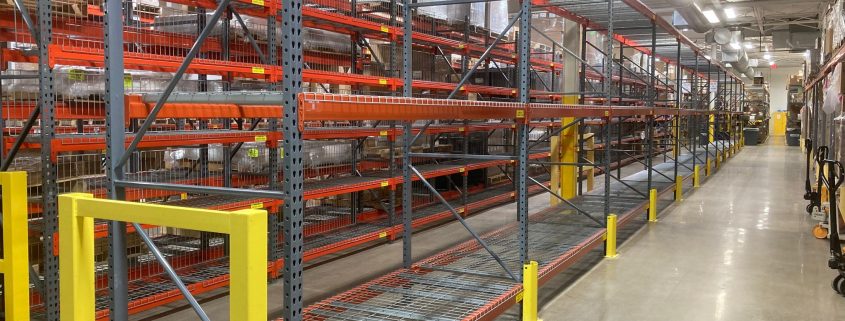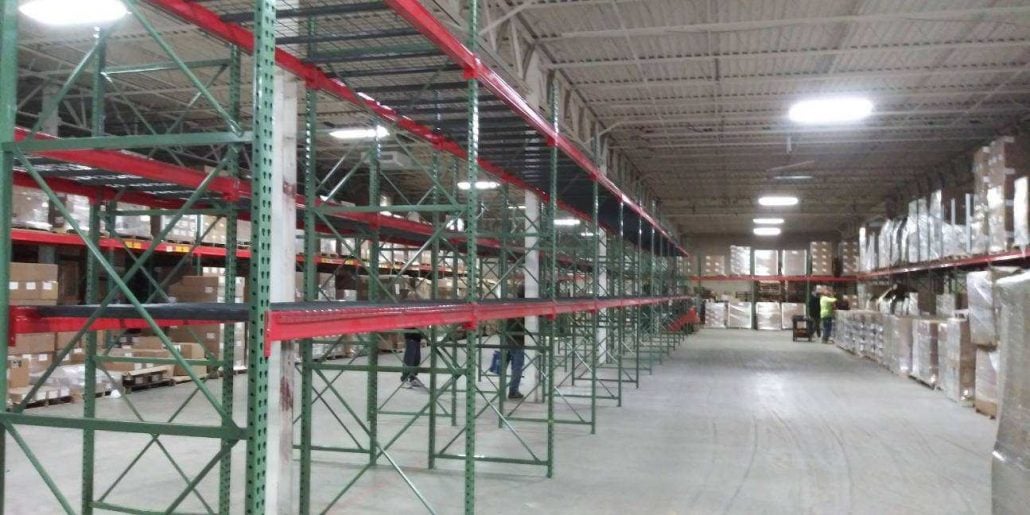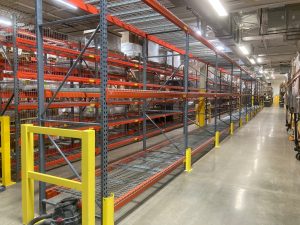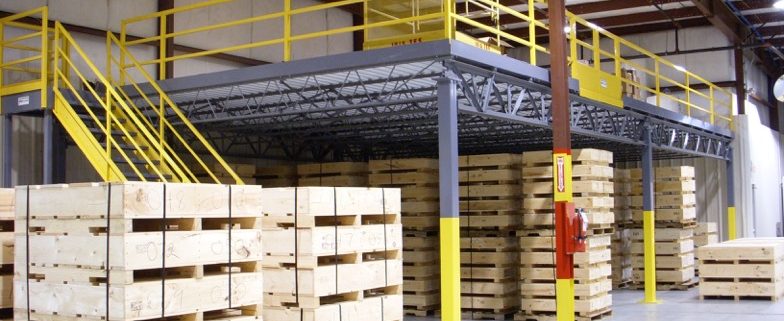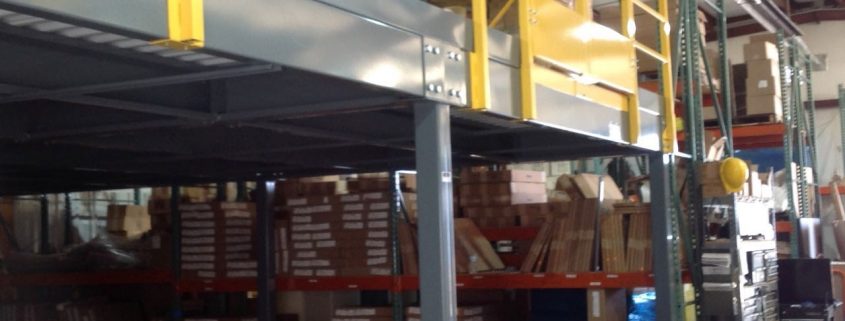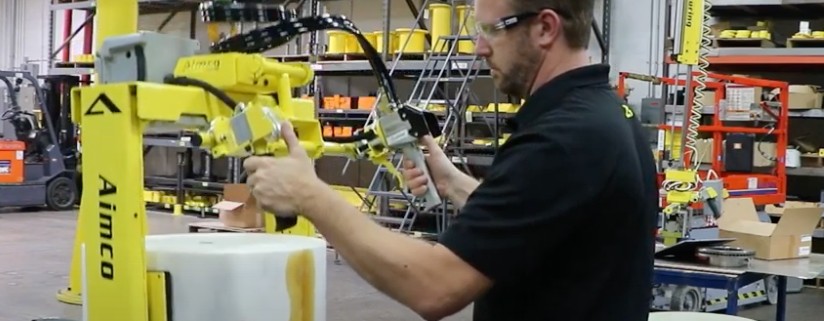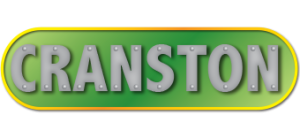Trends in Racking Solutions for 2025
As warehouses adapt to the fast-paced demands of modern commerce, racking solutions are evolving to meet the challenges of efficiency, flexibility, and sustainability. Innovations in warehouse racks, from smart systems to modular designs, set new benchmarks for operational excellence. This article explores the latest trends and how they can help you future-proof your warehouse operations.
1. The Rise of Smart Racking Systems
Data and automation increasingly drive warehouse management. Smart racking solutions with IoT sensors and real-time tracking capabilities are becoming more popular. These systems provide live updates on inventory levels, shelf utilization, and even temperature or humidity monitoring for sensitive goods.
Benefits of smart racking systems include:
- Reduced human error with automated inventory updates.
- Enhanced safety through real-time structural monitoring.
- Increased operational efficiency with predictive maintenance alerts.
For example, IoT-enabled pallet racks can notify warehouse managers when shelves reach maximum capacity or if the racking system shows signs of strain. These advancements, which integrate digital tools with physical storage systems, are helping to revolutionize warehouse operations.
2. Cantilever Racks: Flexible Storage for a Dynamic Future
Cantilever racks, known for their adaptability and strength, are getting a modern upgrade. Traditionally used for storing long or bulky items like lumber, pipes, and furniture, these types of cantilever racks available are now being reimagined with enhanced features:
- Modular Designs: The latest cantilever racks allow for easy reconfiguration, enabling warehouses to adjust storage layouts quickly as inventory needs change.
- Increased Weight Capacities: Advanced materials and engineering techniques make strengthening cantilever racks, enabling them to support loads without compromising stability.
- Automation Integration: Certain cantilever racking systems now incorporate automated technologies, including robotic arms and autonomous guided vehicles (AGVs), to enhance the efficiency of loading and unloading processes.
By upgrading to these advanced systems, businesses can unlock the full benefits of cantilever racks, including greater flexibility, better use of space, and faster operations.
3. Scalable and Sustainable Storage Solutions
Sustainability continues to be a driving force in warehouse operations. Racking systems are now being designed with eco-friendly materials, such as recycled steel, and built for longevity to reduce waste. Modular racking systems are also gaining traction, as they can scale up or down based on demand, reducing the need for frequent replacements or expansions.
These solutions align with broader sustainability goals while offering practical benefits, such as lower long-term costs and reduced environmental impact. Warehouses adopting these systems are finding that eco-conscious practices can complement operational efficiency.
4. High-Density Storage for E-Commerce Growth
The rapid growth of e-commerce has transformed how warehouses handle inventory. As product turnover accelerates, our racking solutions evolve to support high-density storage systems that save space while improving access.
Popular high-density storage trends include:
- Dynamic Flow Racks: Ideal for first-in, first-out (FIFO) inventory, these systems use gravity to move items forward, ensuring easy access.
- Mezzanine Racking: By utilizing vertical space, mezzanine racks double or even triple storage capacity without requiring additional square footage.
- Push-back racks allow for high-density storage of multiple SKU types while maintaining quick access, which is perfect for managing diverse product lines.
These systems are particularly beneficial for warehouses handling diverse product lines, enabling them to optimize space utilization and streamline order fulfillment processes.
5. Safety and Compliance Innovations
As warehouses grow more complex, ensuring safety and regulatory compliance is critical. New racking systems are being developed with built-in safety features, such as:
- Shock-absorbing materials to withstand impacts.
- Enhanced load indicators to prevent overloading.
- Improved anchoring systems for seismic stability.
Additionally, automated racking inspections using drones and AI are emerging, making it easier to identify structural issues before they become hazardous. At Cranston Material Handling, we prioritize safety in every racking solution we provide. Our experts can assist with:
- Designing racking systems that comply with OSHA and local regulations.
- Installing seismic-resistant racks for warehouses in earthquake-prone regions.
- Offering ongoing maintenance and inspections to ensure the longevity and safety of your storage systems.
6. Automation-Ready Racking Systems
The combination of robotics and automation into warehouse operations continues to grow. To support these technologies, racking systems are designed to accommodate robotic picking, AGVs, and other automated processes. Features such as adjustable shelving heights and seamless access points for robotics are becoming standard.
These systems make operations more efficient and ready for the future. Warehouses that use automation-ready racking can stay competitive in a fast-changing industry.
7. Custom Solutions for Unique Storage Needs
Every warehouse has unique requirements, and cookie-cutter solutions often need to be revised. Custom racking systems are becoming increasingly popular, allowing warehouses to optimize space and cater to specific inventory types. From specialized racks for odd-shaped items to systems designed for cold storage, customization is key to future-proofing.
We take a consultative approach to racking design. Our team works closely with you to assess your space, inventory, and operational goals, delivering tailored solutions that maximize efficiency. Examples of our custom offerings include:
- Heavy-duty racks for industrial applications.
- Temperature-controlled storage solutions.
- High-clearance racks for oversized inventory.
Future-Proofing Starts Now
Adopting racking solutions that align with future demands is crucial to staying competitive in the rapidly evolving warehouse industry. How we work as a storage rack supplier is by prioritizing smart technologies, modular and sustainable designs, and innovative systems tailored to the needs of each industry. This approach ensures your warehouse remains efficient, secure, and prepared to adapt to future challenges.
We are dedicated to helping businesses understand these trends. We also help them find the right racking systems for their needs. Our extensive product line includes cantilever racks, pallet racks, mezzanine systems, and high-density storage options, all customizable to your specifications. Contact us today to learn how we can future-proof your warehouse and optimize your storage solutions for 2025 and beyond.
